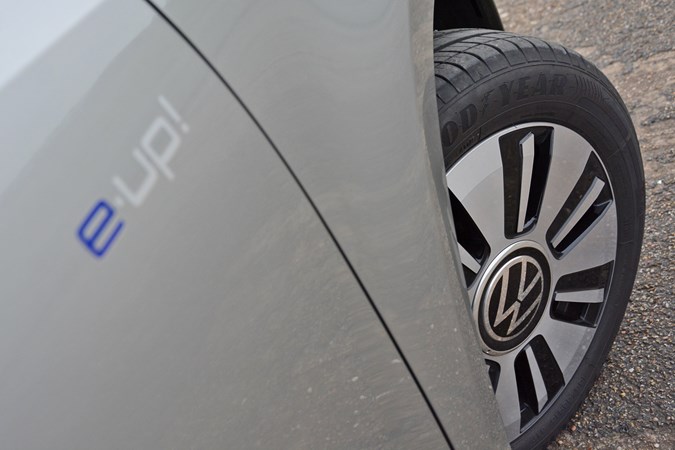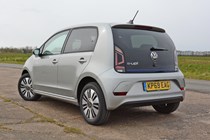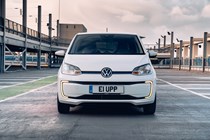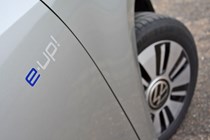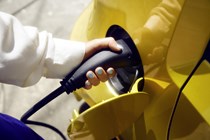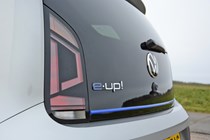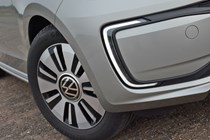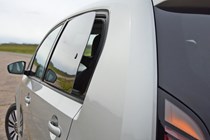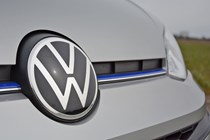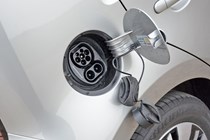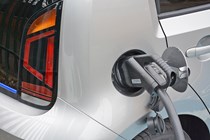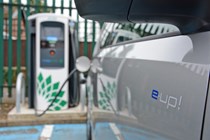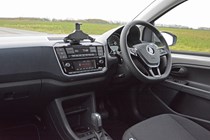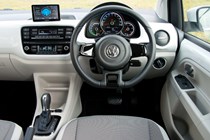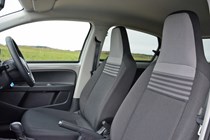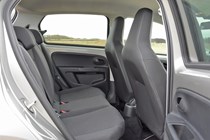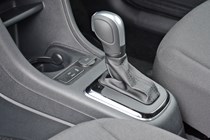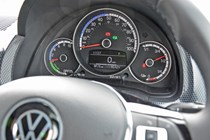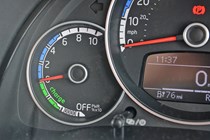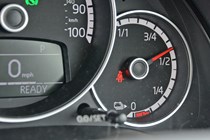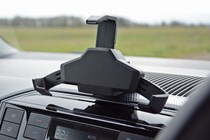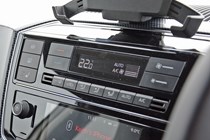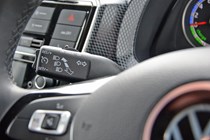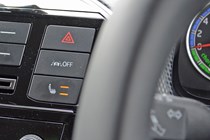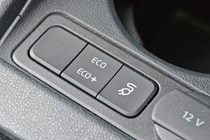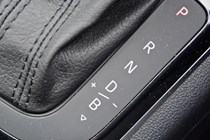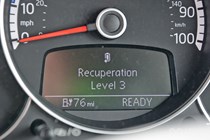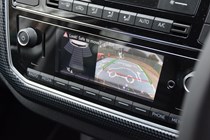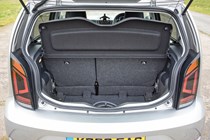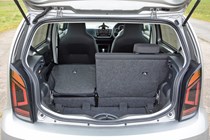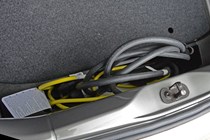
Volkswagen e-Up Hatchback (2014-2022) engines, drive and performance
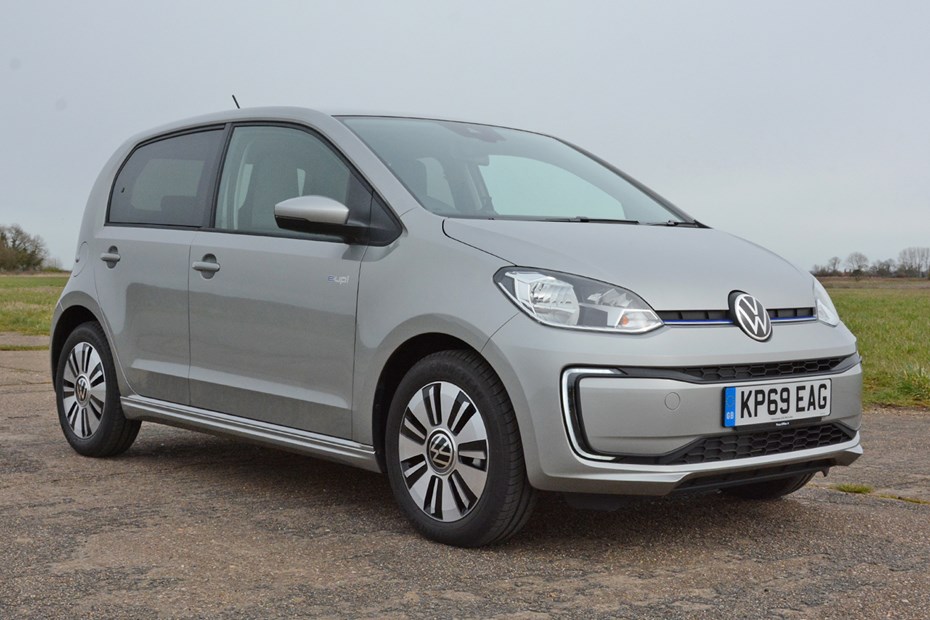
- Just one electrical system
- Feels very nippy at urban speeds
- So easy to adapt to driving it
You’ve only one choice when buying a Volkswagen e-Up in terms of its electric motor and that’s an 82hp unit sat under the bonnet in the place of a conventional engine.
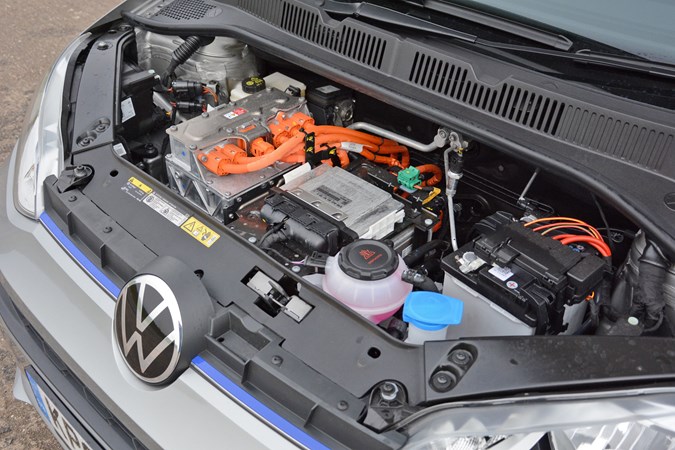
It sends all of its power to the front wheels, just like the petrol Ups, but unlike purpose-designed battery electric vehicles (BEVs) such as the Honda e where the power’s sent to the rear wheels.
The conduit between the motor and the wheels is a single-speed automatic gearbox, with a lever that looks very similar to other Volkswagen Group models fitted with a DSG twin-clutch transmission.
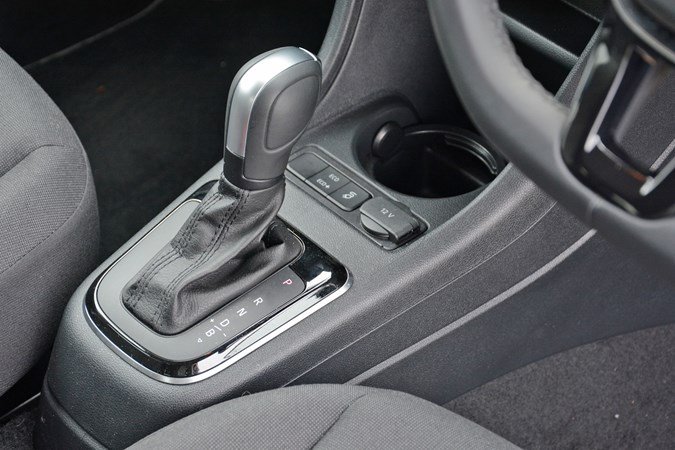
Around town in particular, the e-Up feels very peppy, easily zipping away from traffic lights quicker than many other cars. Key to this is the motor’s 210Nm of pulling power, the vast majority of which is available immediately as you press the accelerator. Not that it’s a car designed for outright speed, hence the 0-62mph time is 11.9 seconds, but it will reach 30mph from a standstill in under four seconds. And all of that in near-silence, too.
Top speed is electronically capped at 81mph in order to prevent the battery reserves being wasted by driving at very high speeds.
How does it handle?
- Very manoeuvrable around town
- Can feel a tad wayward at higher speeds
- Ride quality better than a petrol Up
There’s no escaping that as a fit-for-purpose city car, the e-Up handles brilliantly. It’s so easy to weave in and out of urban traffic, is a doddle to park in tight spaces – aided by the light steering as much as the sensors and reversing camera – and it has fine body control over rough and cobbled surfaces. In fact, the additional 248kg heft of the battery pack makes the car feel much more adept at ironing out those imperfections.
That’s also true at higher speeds – on motorways, the e-Up feels much more planted than its petrol-powered siblings, but the lightness of the steering does detract from the overall enjoyment here. Being so light, there’s not a great deal of feel coming through the wheel meaning that sometimes you need to vary the steering angle mid-bend. Consequently, the e-Up can feel like it darts and dithers a bit when driven quickly, but if nothing else it keeps the driver fully engaged.
While that limits the outright fun you might otherwise have on a winding B-road, the e-Up’s short wheelbase – the distance between the front and rear wheels – combined with its planted stance and fine body control mean that bodyroll is kept in check during more enthusiastic cornering. At urban speeds it remains virtually flat all the time.
Overall, it’s still a hoot to drive at any speed, but is so close to being exceptionally good it hurts.
